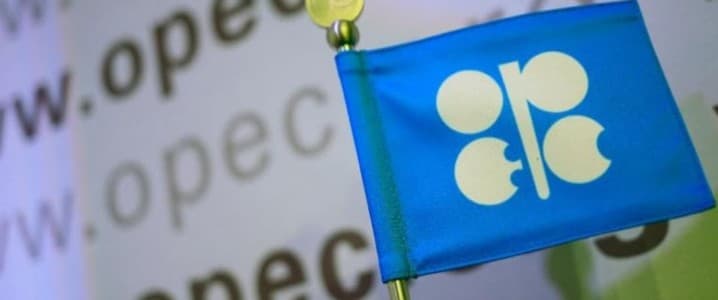OPEC+ will ramp up oil production more aggressively than anticipated in August, accelerating the rollback of its 2023 voluntary supply cuts in a bid to capture market share amid peak summer demand. At a virtual meeting Saturday, eight core members led by Saudi Arabia agreed to add 548,000 barrels per day (bpd) to global supply—exceeding earlier expectations of a 411,000 bpd hike. The move sets the bloc on track to fully unwind 2.2 million bpd of prior cuts nearly a year ahead of schedule.
The decision reflects short-term bullish fundamentals: inventories are low, refining margins are strong, and U.S. refiners are processing the most crude for this time of year since 2019. Still, it signals a major pivot from price defense to volume maximization. In a quote to Bloomberg, Onyx Capital’s Harry Tchilinguirian noted that “It was pointless to keep a notional voluntary cut in place,” said . “Better to get it over with and move on.”
But while Saudi Arabia pushes discipline, Kazakhstan is going its own way.
In June, Kazakhstan’s crude output surged 7.5% to 1.88 million bpd—well above its official OPEC+ quota of 1.5 million bpd. This matched its all-time production high, largely driven by Chevron’s expansion of the Tengiz mega-field, which alone added 140,000 bpd month-over-month. Kazakhstan’s total oil and condensate production hit 2.15 million bpd in June, up from 2.02 million in May.
Despite repeated pledges of OPEC+ compliance, Kazakh authorities admit they can’t enforce production cuts on foreign-led projects like Tengiz or Kashagan. “The republic has no right to enforce production cuts,” Energy Minister Yerlan Akkenzhenov said in May. Chevron, for its part, has stated bluntly that it doesn’t “engage in discussions about OPEC or OPEC+.”
Meanwhile, oil prices remain under pressure. Brent futures are down more than 6% year-to-date, and analysts estimate that global inventories have been climbing at 1 million bpd in the first half of 2025, amid cooling demand in China and production increases in non-OPEC countries. Analysts at JPMorgan and Goldman Sachs earlier this year warned prices could dip below $60 in Q4.
OPEC+ is betting that strong summer demand will soak up the new supply. But as Kazakhstan pumps freely and Saudi Arabia chases volume, the group’s cohesion faces growing uncertainty.
By Tom Kool for Oilprice.com
More Top Reads From Oilprice.com:

